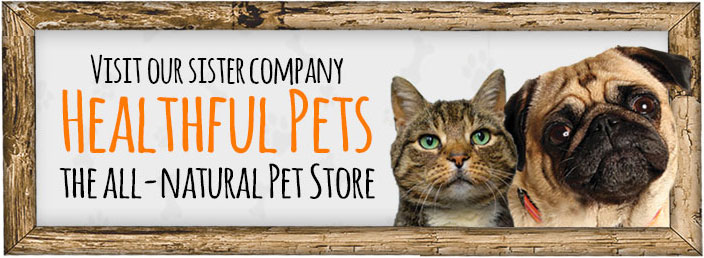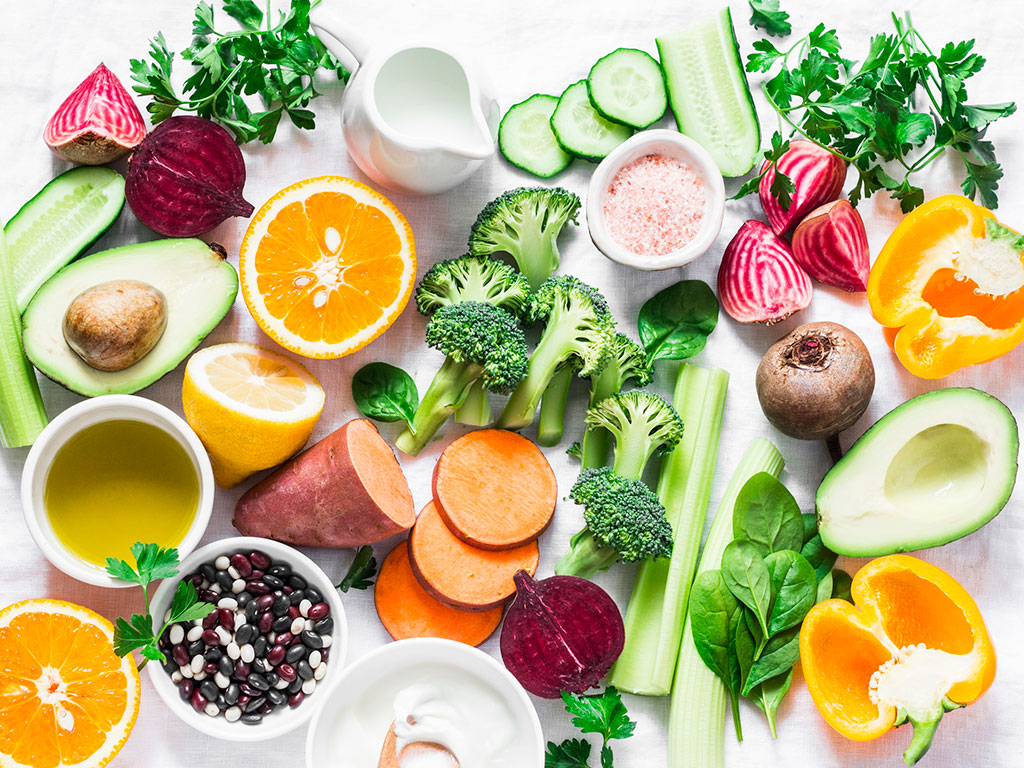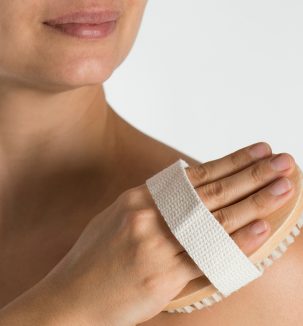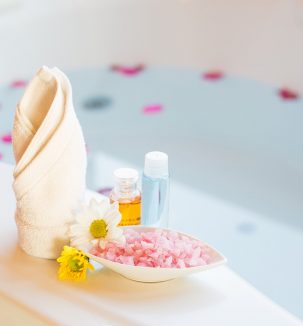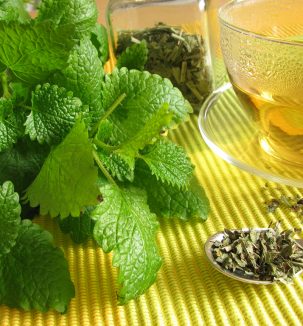Acne
Many adolescents experience acne due to an increase in hormone production, which often leads to the overproduction of sebum that can cause blockages in the skins sebaceous glands. Poor diets that are nutrient deficient and include too much sugar, fat and alcohol can exacerbate the problem. For adults, acne often results from internal toxicity. Constipation, candida (a yeast overgrowth) or food intolerance can trigger the problem. Pre-menstrual women may also experience acne. The key factor in preventing flare ups is to look after your liver as once the liver becomes overloaded it starts dumping toxins into the skin.
Foods to Avoid
- Sugar and foods high in sugar such as cakes, sweets, biscuits, fizzy drink.
- Mass produced, pre-packaged meals, pies which are generally high in salt, sugar and fat.
- Full fat cheese and dairy produce, all fried and greasy foods such as burgers.
Friendly “Skin” Foods
- Cucumbers – contain silica, an ingredient that boosts moisture and elasticity as well as magnesium and potassium. The flesh of the cucumber is also largely water (96%) so aids hydration. Great to add to juices.
- Celery makes an ideal liver cleansing food. Celery is high in vitamin C, B, and A and iron. Containing diuretic properties, celery can remove toxins and wastes from your body.
- Beetroot, kale, celeriac and artichoke also great liver cleansers
- Chickpeas, soya, black-eyed, haricot and cannellini beans as well as pulses help the body excrete excess hormones.
- Miso and tempeh help regulate hormones.
- Increase fruits and vegetables which will help to decrease toxicity. All fruits and vegetables are good for your skin but melons, especially water melons are particularly hydrating because of their high water content
- Add a tablespoon of pre-soaked linseeds to porridge, muesli or natural low fat probiotic yoghurt to help increase bowel function which will assist in waste elimination.
- Eat avocados which are rich in vitamin E, which nourishes the skin. The avocado is also
- Liver, sweet potatoes, mangoes, squash, dark green leafy veg are all high in vitamin A which is essential for healthy skin.
- Low levels of zinc may be responsible for acne during puberty. Include zinc rich foods such as pumpkin seeds, ginger root, pecans, brazil nuts, wholewheat, rye and oats.
Recommendations
- Adopt a low-glycaemic load diet that is rich in fruits and vegetables and low in processed grains.
- Eat a high fibre diet and increase your intake of raw food, especially fruit.
- Water – Up to 60% of the body is made of water and for our body to function properly we need to be hydrated. Drink 8 good size glasses of water a day and ideally start the day off with water or hot water and a slice of lemon.
- Avoid alcohol, butter, caffeine, cheese, chocolate, cream, eggs, fat, fried food, all forms of sugar and processed foods.
- Do not touch the affected area unless your hands have been thoroughly cleaned.
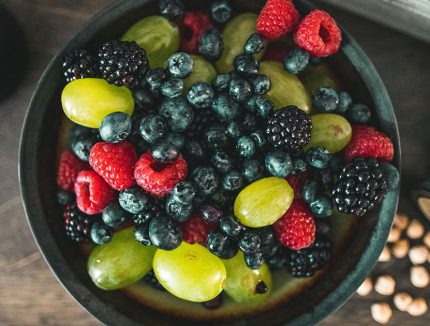
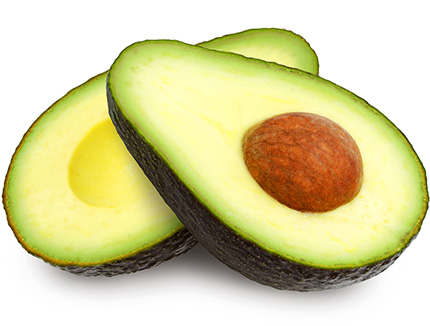
Resources:
Balch P (2010) Prescriptions for Nutritional Healing. 5th edn. New York: Penguin Group. p151.
Courtney H (2009) 500 of the most important Health Tips You’ll Ever Need. London: CICO Books. P21. Murray M (2010) The Encyclopaedia of Healing Foods. London: Piatkus. P139


